micro:bit Studio
- GRADES 3-5
- INTERMEDIATE
- WEB
- 16 LESSONS
Description
Introduce your campers to physical computing with micro:bit and Tynker Blocks. The micro:bit is a tiny, microcomputer with programmable LEDs, light, and temperature sensors, physical connection pins, motion sensors, and wireless communication via radio and Bluetooth. Hands-on learning with Tynker’s curriculum engages campers as they see their abstract programs come to life on a tangible physical device.
Using a combination of interactive lessons, concept explanations, videos, puzzles, quizzes, and DIY projects, this course teaches campers to write block coding programs and then deploy the code to the micro:bit wirelessly. Students can use code to program physical buttons, display messages on the micro:bit, animate the LEDs, simulate dice and coin flips, and detect gestures and shakes.
The lesson plans in this course build and reinforce engineering, math, and science skills, while applying programming concepts such as repetition, events, conditional logic, variables, and functions with a physical computing device.
Each lesson is designed for a class period of 45-60 minutes. All student work is automatically tracked and assessed, and you'll be able to monitor individual progress and mastery charts for your campers.
This course is recommended for campers who are just starting to get familiar with block programming. More advanced campers who are familiar with Python may enroll in MicroPython 101 where they use MicroPython, a Python-like text-based programming language to program micro:bit.
This course is supported online as well as on an iPad through the Tynker app.
Recommended Accessories: This course requires micro:bit devices (not included). You may purchase these separately at a variety of resellers.
- micro:bit, USB cable, Battery pack, 2xAAA batteries (for each camper or group)
- Optional: microBit Inventor’s Kit: Classroom Pack
Topics Covered: micro:bit command library, variables, deploying code to the micro:bit, types of loops, reading sensor values, conditional logic, programming the LED grid, lists, and arrays.
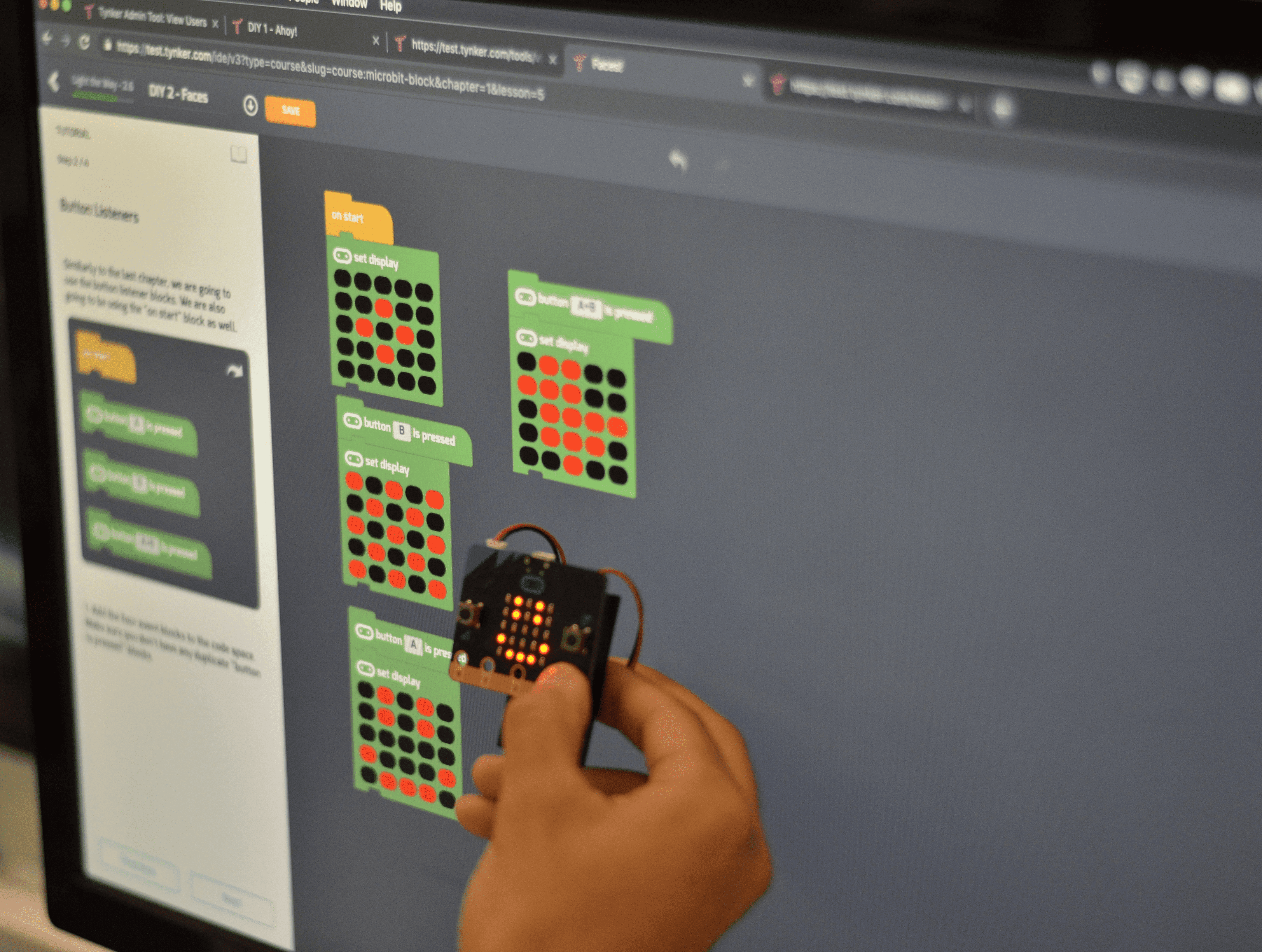
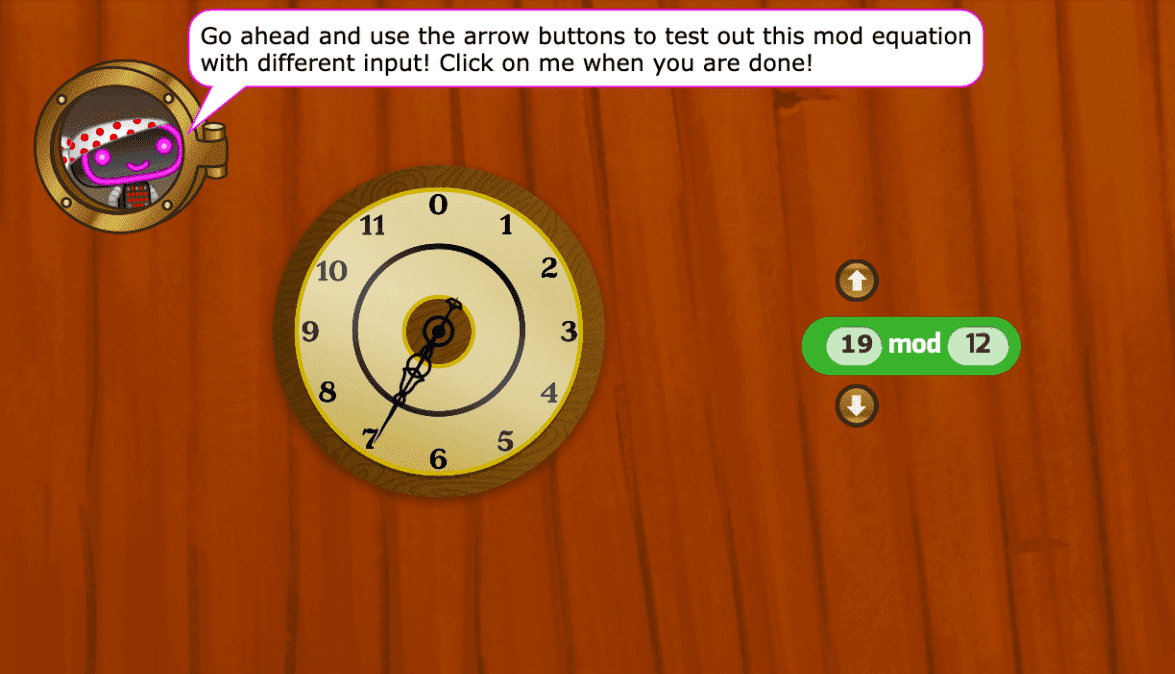


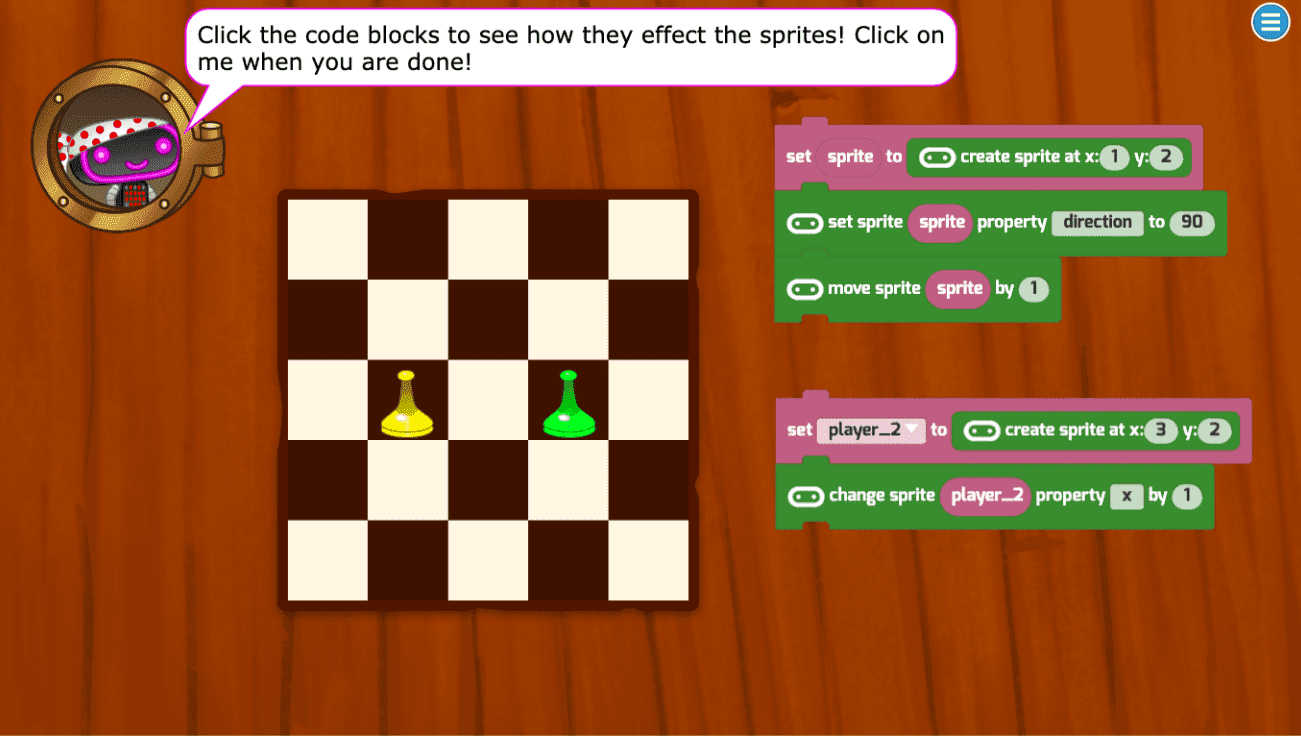
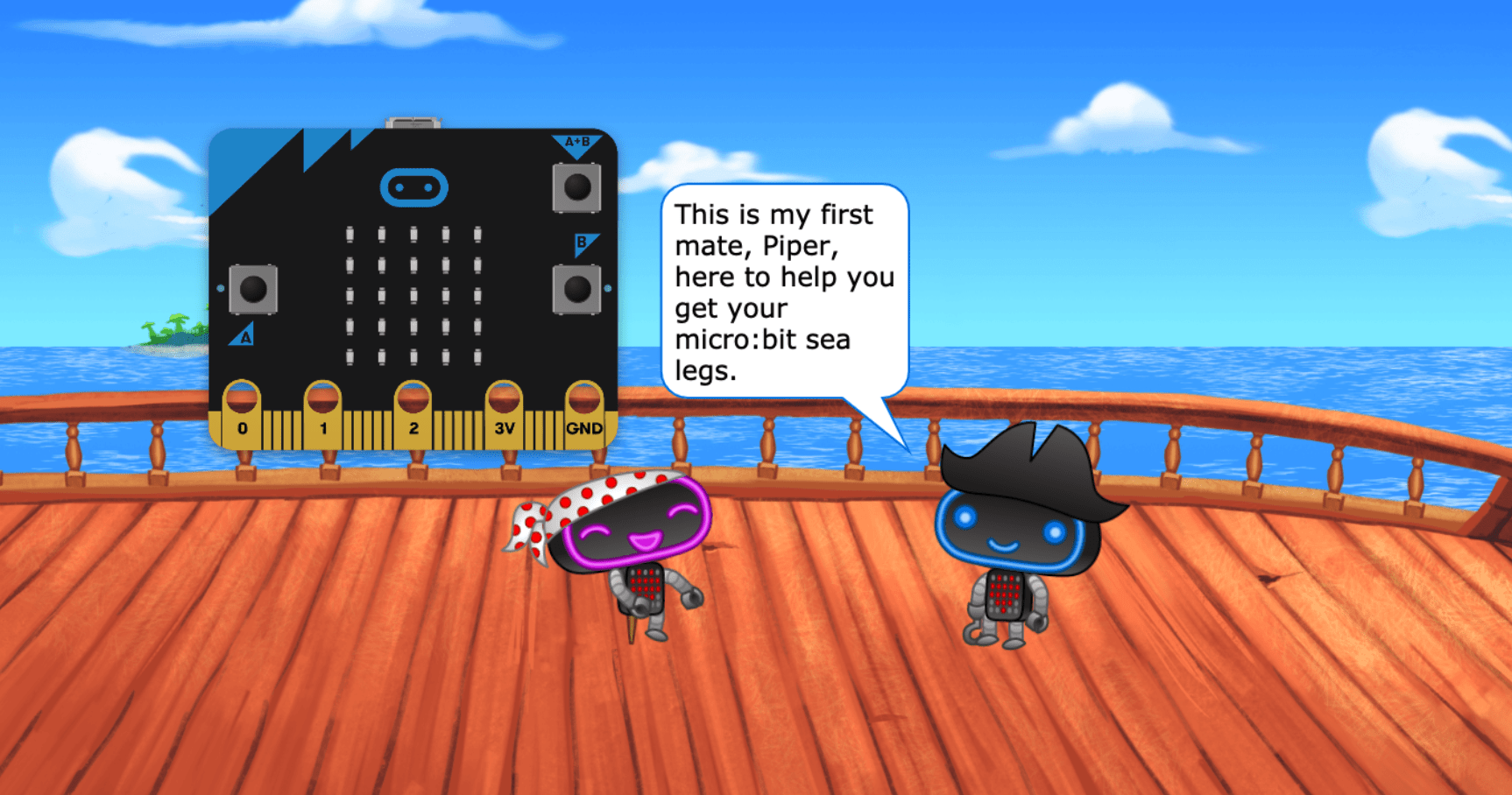
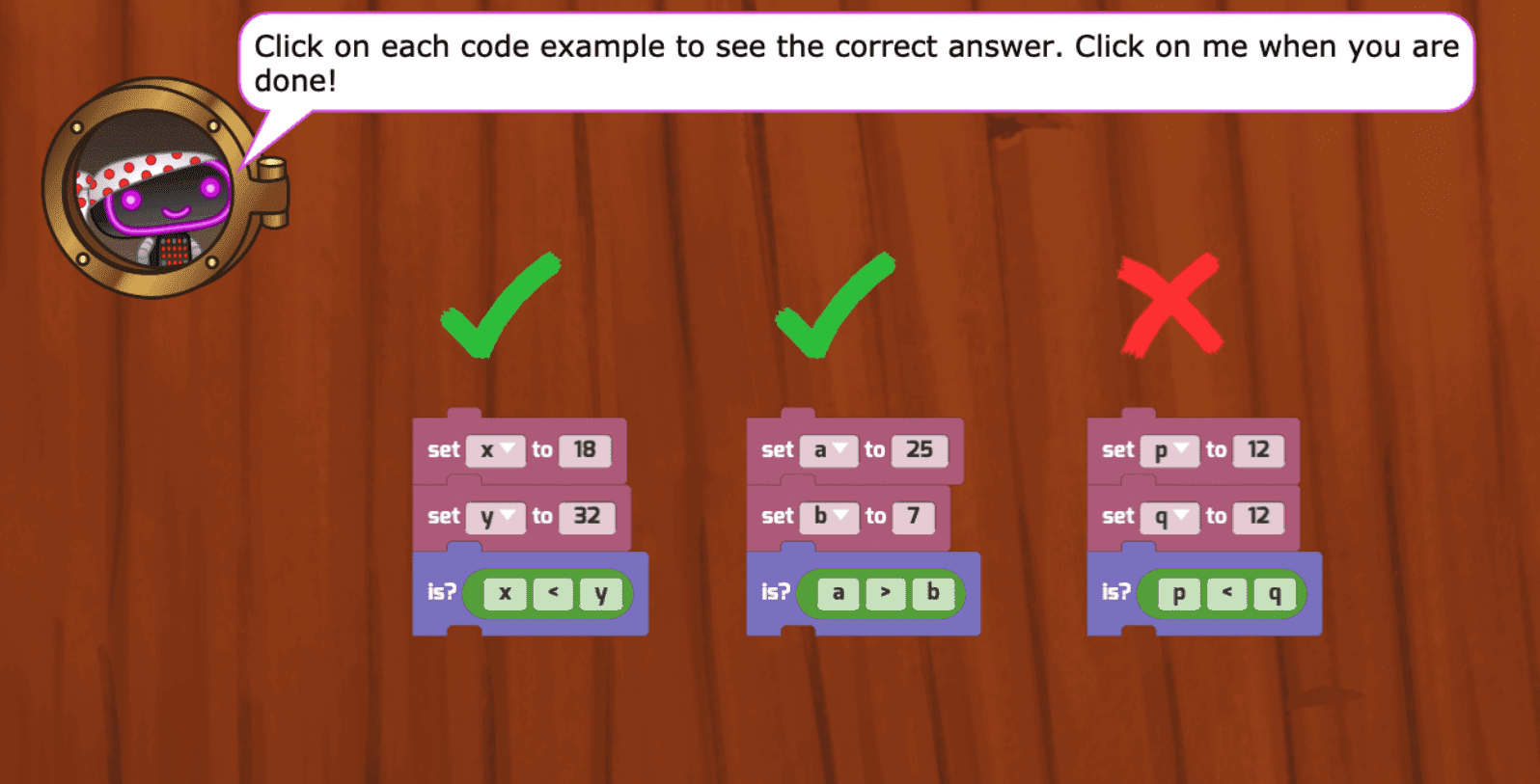
What Students Learn
- Program micro:bit button-click events
- Display a scrolling message on the micro:bit
- Create animated LED displays using loops
- Simulate a coin toss using conditional logic
- Create a virtual die using random numbers
- Detect gestures using the motion sensor
- Learn to use math operators and expressions
Technical Requirements
* Online courses require a modern desktop computer, laptop computer, Chromebook, or Netbook with Internet access and a Chrome (29+), Firefox (30+), Safari (7+), or Edge (20+) browser. No downloads required.